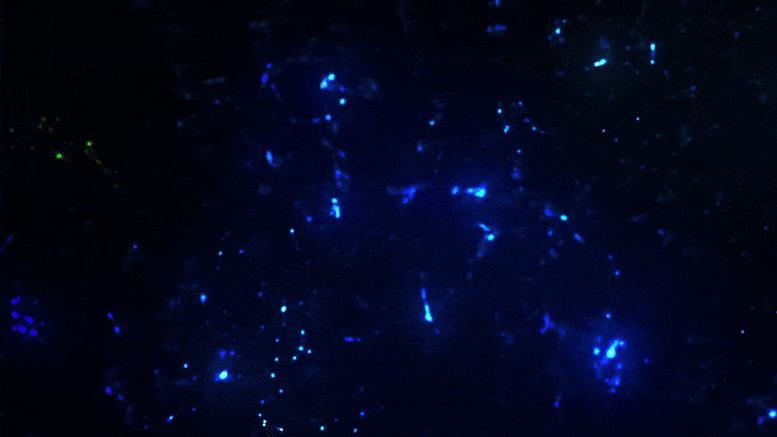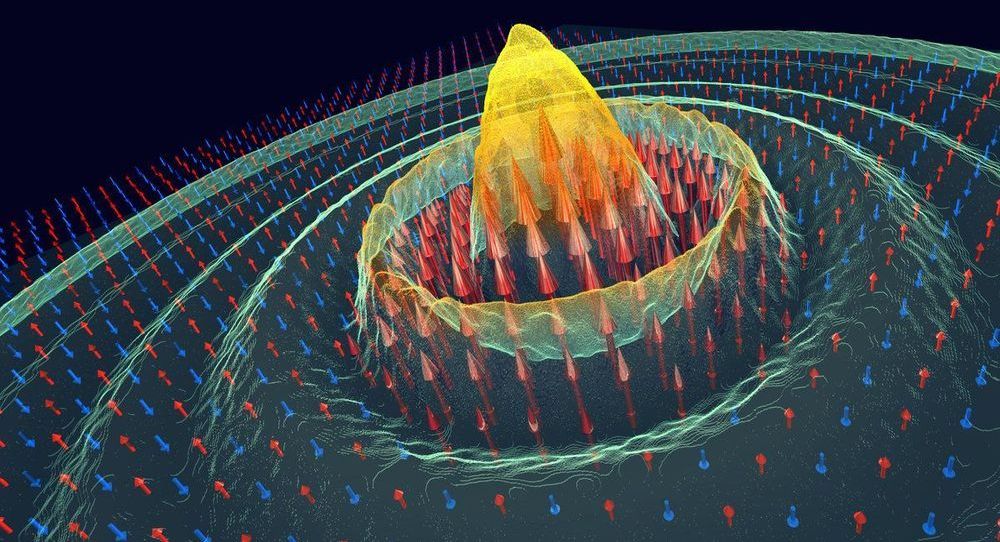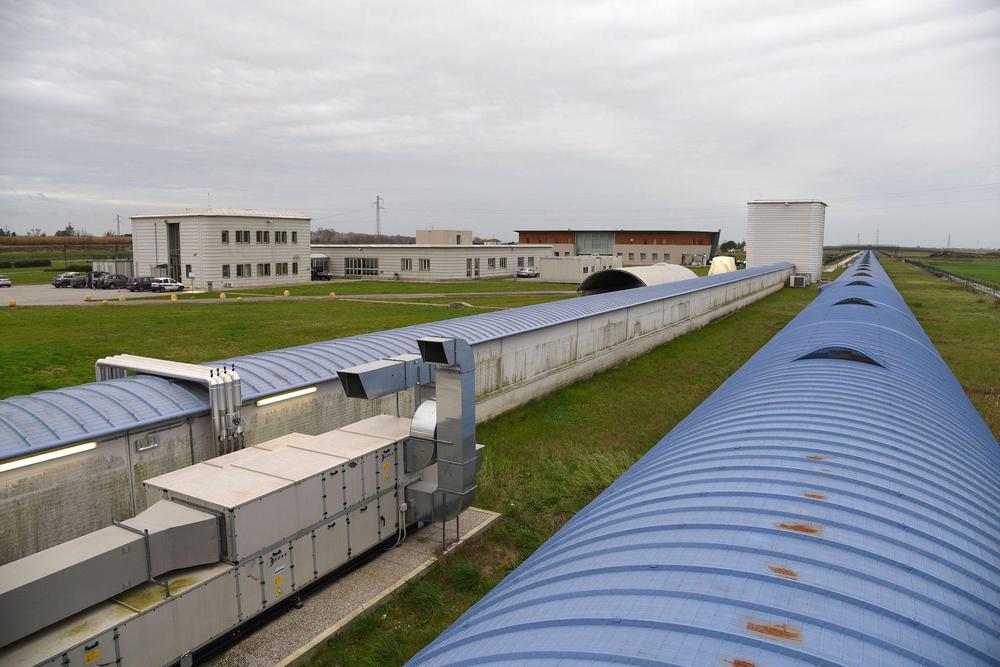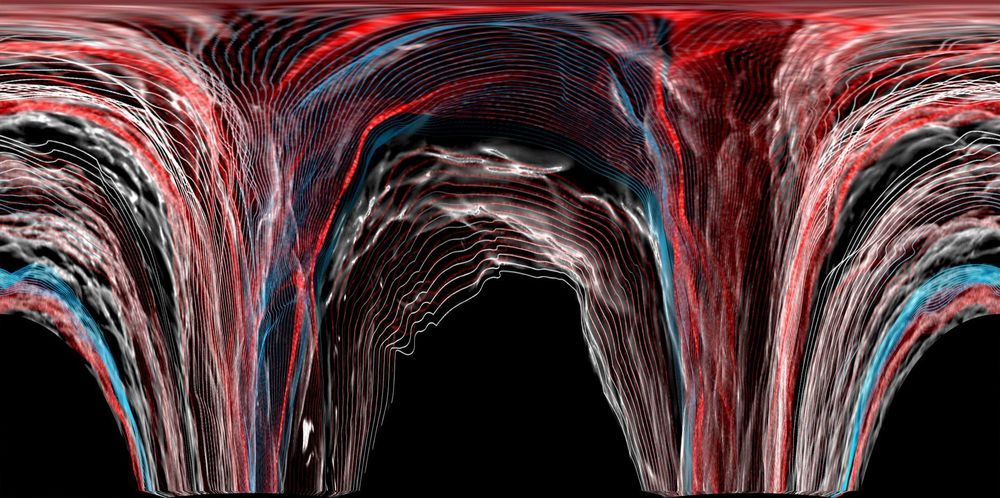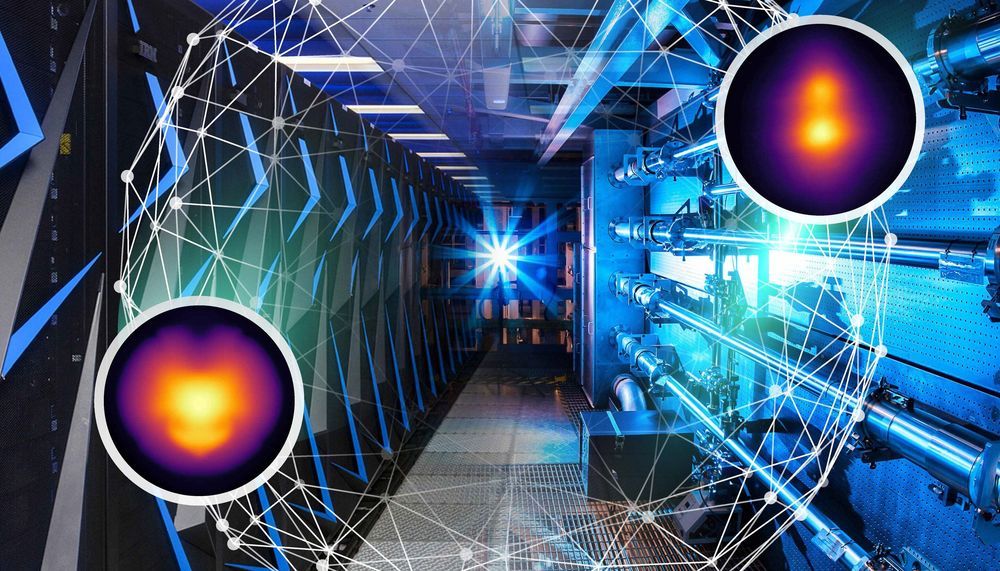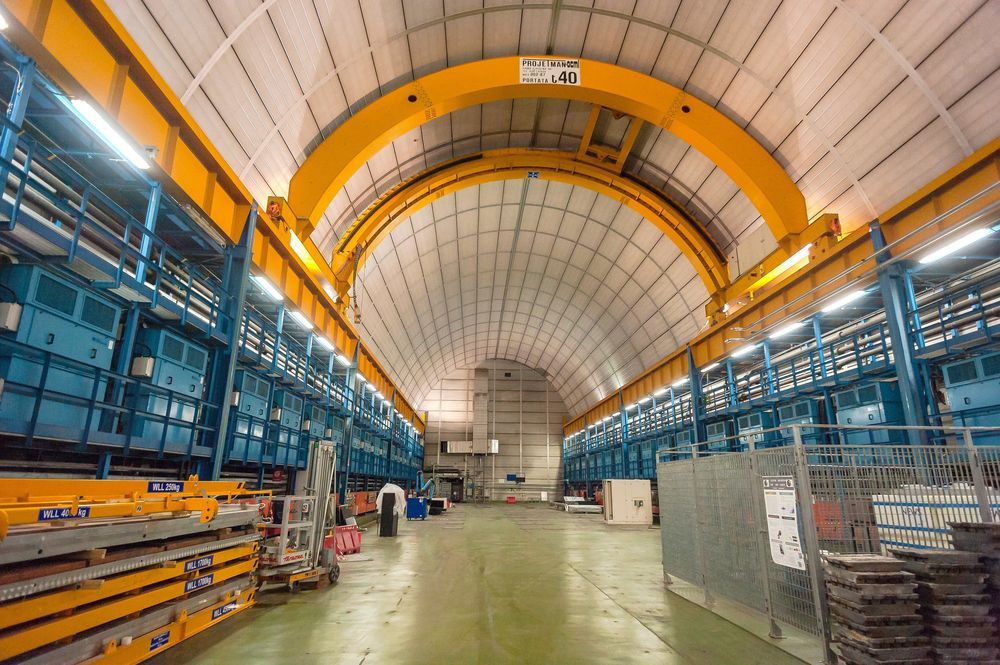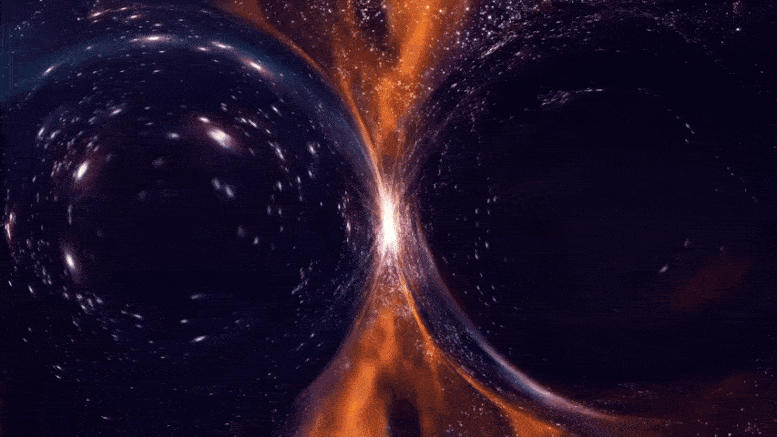Jun 24, 2020
GW190814: Gravitational Waves from the Coalescence of a 23 Solar Mass Black Hole with a 2.6 Solar Mass Compact Object
Posted by Saúl Morales Rodriguéz in categories: cosmology, physics
R. Abbott 1, T. D. Abbott 2, S. Abraham 3, F. Acernese 4,5, K. Ackley 6, C. Adams 7, R. X. Adhikari 1, V. B. Adya 8, C. Affeldt 9,10, M. Agathos 11,12, K. Agatsuma13, N. Aggarwal 14, O. D. Aguiar 15, A. Aich 16, L. Aiello 17,18, A. Ain 3, P. Ajith 19, S. Akcay 11,20, G. Allen 21, A. Allocca 22, P. A. Altin 8, A. Amato 23, S. Anand 1, A. Ananyeva 1, S. B. Anderson 1, W. G. Anderson 24, S. V. Angelova 25, S. Ansoldi 26,27, S. Antier 28, S.

